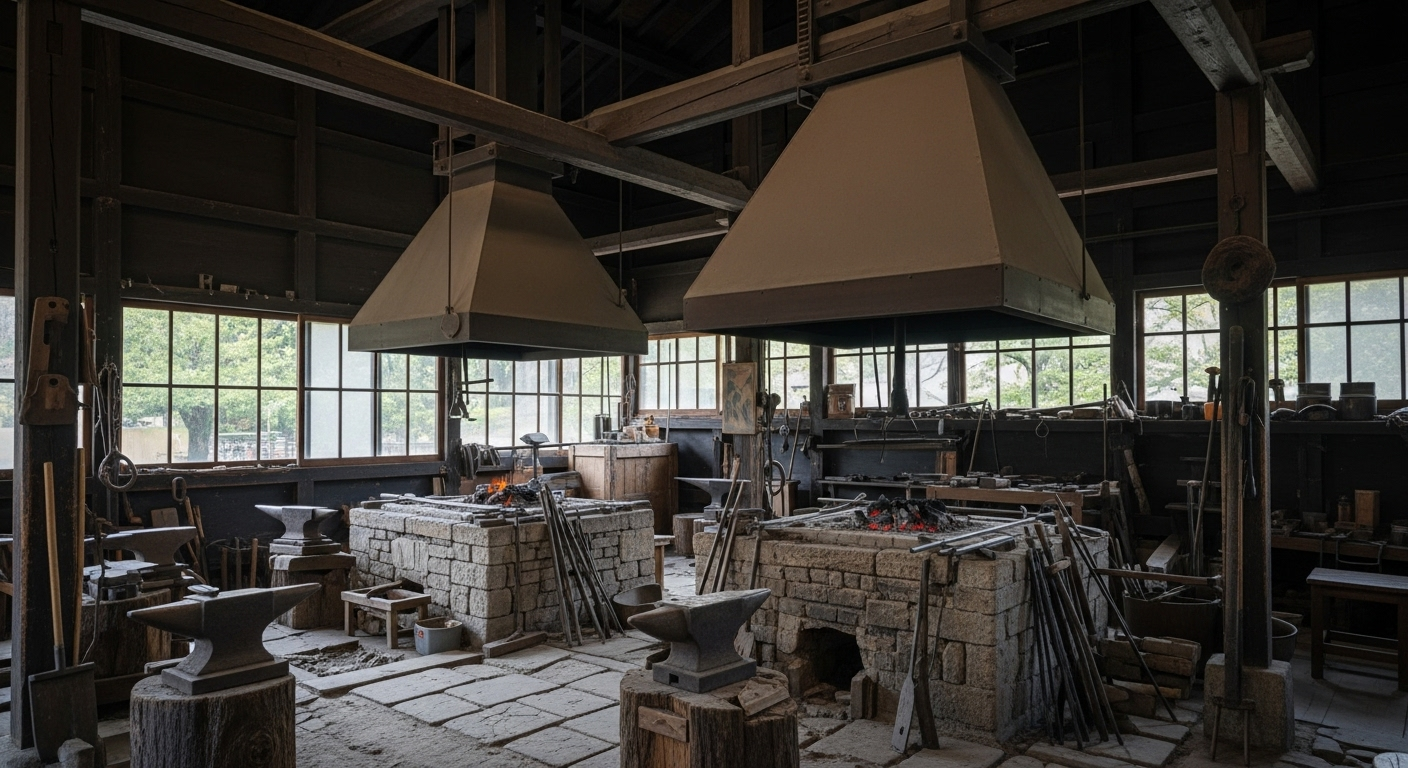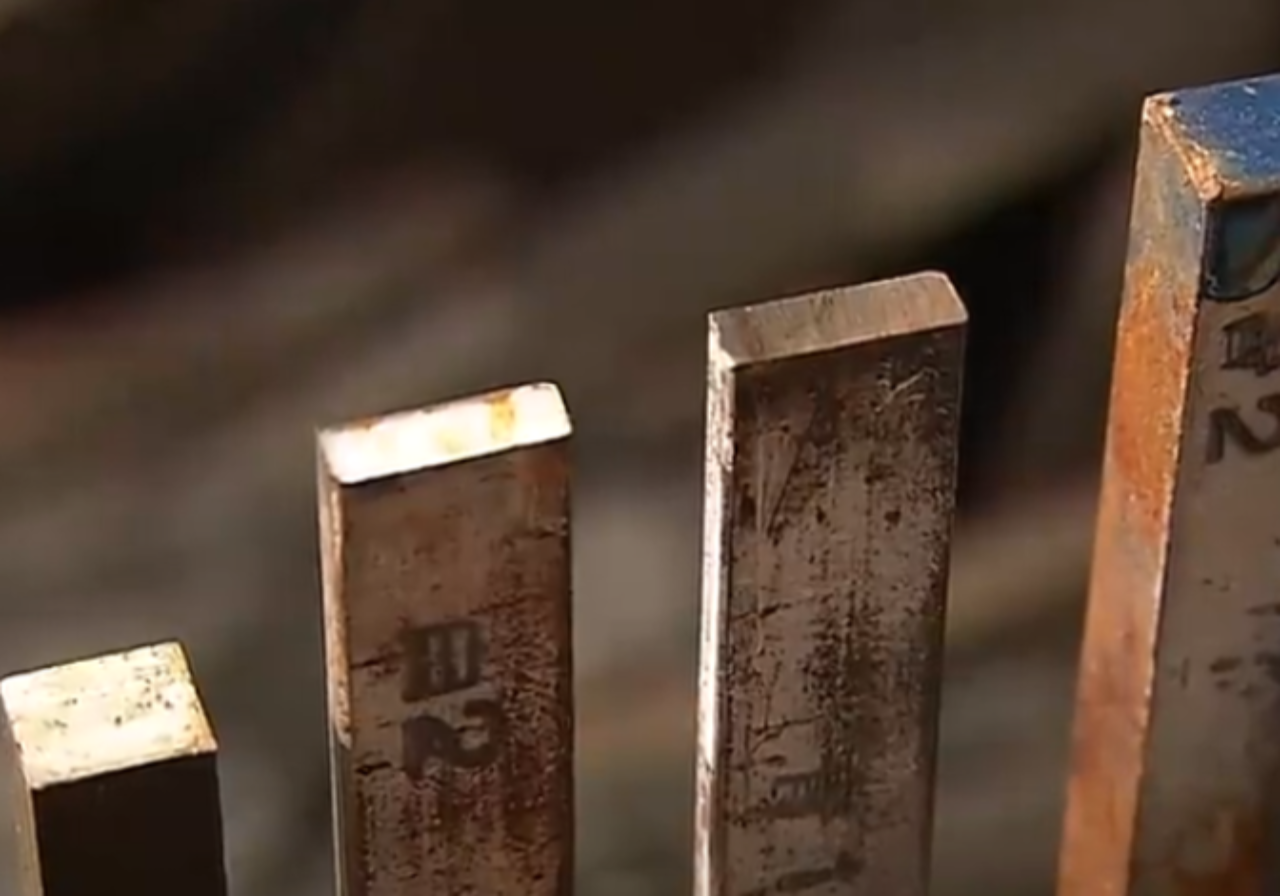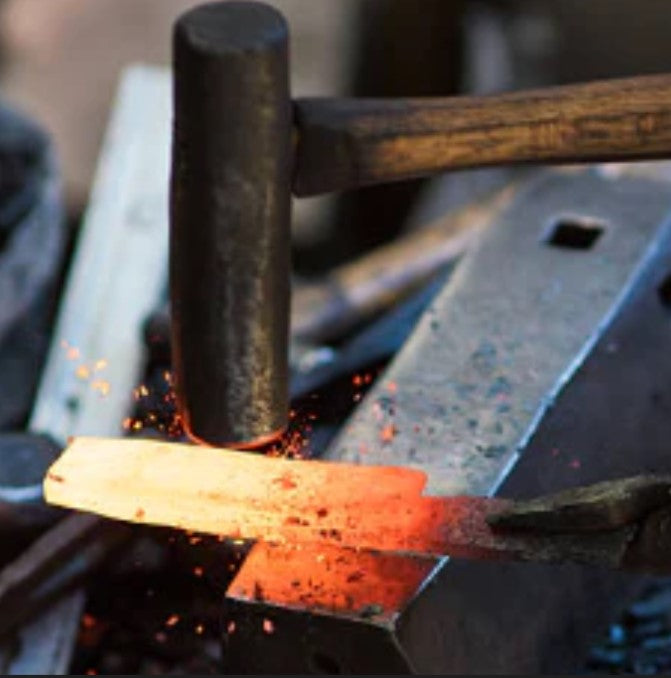
Japanese Knife Materials: The Four Key Points
-
What makes a Japanese knife truly exceptional?
It’s not just the shape or the craftsmanship—it’s the steel at its core.
In this video, we break down the four essential properties of Japanese knife materials—hardness, wear resistance, toughness, and corrosion resistance—to help you understand how each one affects performance, maintenance, and your overall cooking experience. -
-
At KIREAJI, we believe that the essence of a great Japanese knife lies in the steel.
While the shape of the blade may look similar, the difference in steel quality and precision of processing creates vast differences in performance and price. -

-
A knife’s quality can be understood as the balance of four critical characteristics:
-
1. Hardness (HRC rating)
- Determines sharpness and cutting ability.
- Higher hardness = sharper edge and better wear resistance.
- Trade-off: reduced toughness and greater risk of chipping, plus more difficult sharpening.
-
2. Wear Resistance
- Indicates how long a blade can maintain sharpness.
- High wear resistance reduces the frequency of resharpening.
- Influenced not only by hardness but also by alloying elements such as carbon and chromium.
-
3. Toughness
- Represents resistance to breaking or chipping.
- Hardness and toughness are inversely related.
- Kitchen knives face lateral stresses; toughness prevents fractures.
- Alloying elements such as molybdenum and vanadium are added to balance sharpness and durability.
-
4. Corrosion Resistance
- Reflects resistance to rust and ease of maintenance.
- Stainless steels excel here, while carbon steels require careful upkeep but may offer superior cutting feel.
How Elements Shape Performance
-

Every steel is defined by its composition:
- Carbon (C): Increases hardness and edge retention.
- Chromium (Cr): Provides strong rust resistance.
- Molybdenum (Mo) & Vanadium (V): Improve toughness and durability.
- Nickel (Ni): Contributes to both toughness and corrosion resistance.
Some elements serve multiple roles, creating the delicate balance that defines high-performance Japanese knives.
-
The Four Pillars of Japanese Knife Steel: What Truly Defines Performance
-

A Japanese knife’s performance rests on four essential pillars—hardness, wear resistance, toughness, and corrosion resistance.
Each property shapes how the blade cuts, how long it stays sharp, and how much care it requires.
Understanding how these pillars interact helps you choose a knife that perfectly matches your cooking style, balancing sharpness, durability, and ease of maintenance. -


Material of Knife
The knives we carry at KIREAJI are made of various materials. The harder the material, the longer the sharpness lasts, but it tends to be harder to sharpen.

Navigating the World of Knife Hardness: What You Need to Know
Balancing hardness and toughness in knife crafting is crucial for performance and durability. Harder knives cut better but are more prone to chipping and are harder to sharpen. The ideal knife balances hardness for cutting efficiency with flexibility for longevity, achieved through specific heat treatments. The choice of knife should suit one's culinary skills and needs, prioritizing both sharpness and ease of maintenance.

The Soul of Craftsmanship
-
Passing the Flame to a New Generation
I’m truly delighted to see more young blacksmiths entering this craft.
Blacksmithing is never an easy path. It demands patience, perseverance, and the humility to learn through failure. Yet it’s precisely because of these challenges that every blade forged with one’s own hands carries such pride and meaning.
To witness young people stepping boldly into this world—and to see them create new values and techniques—is a source of profound joy for me. Today, nothing gives me greater pleasure.
-

Experience the sharpness trusted by 98% of Japan’s top chefs — handcrafted in Sakai City.
Through our exclusive partnership with Shiroyama Knife Workshop, we deliver exceptional Sakai knives worldwide. Each knife comes with free Honbazuke sharpening and a hand-crafted magnolia saya, with optional after-sales services for lasting confidence.
KIREAJI's Three Promises to You
-

1. Forged in the Legacy of Sakai
From Sakai City—Japan’s renowned birthplace of professional kitchen knives—each blade is crafted by master artisans with over six centuries of tradition. Perfectly balanced, enduringly sharp, and exquisitely finished, every cut carries the soul of true craftsmanship.
-

2. Thoughtful Care for Everyday Use
Every knife includes a hand-fitted magnolia saya for safe storage. Upon request, we offer a complimentary Honbazuke final hand sharpening—giving you a precise, ready-to-use edge from day one.
-

3. A Partnership for a Lifetime
A KIREAJI knife is more than a tool—it is a lifelong companion. With our bespoke paid aftercare services, we preserve its edge and beauty, ensuring it remains as precise and dependable as the day it first met your hand.






